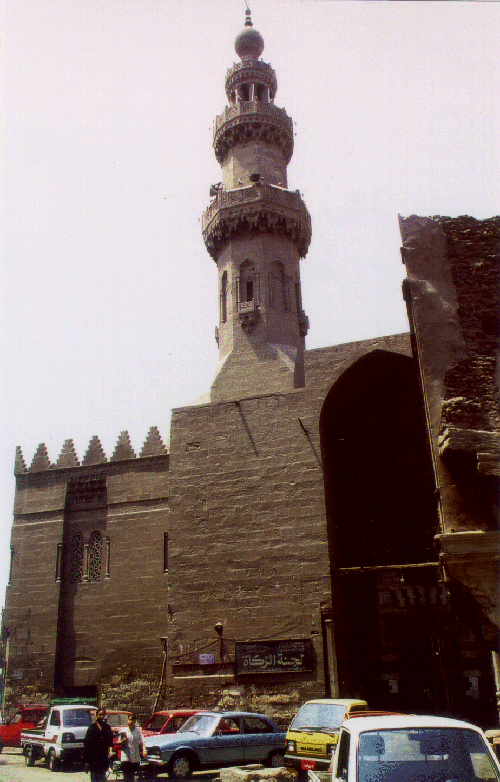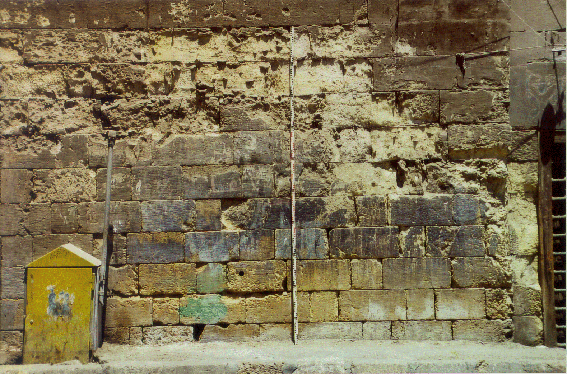
El-Merdani Mosque
For reasons of historical importance, characteristical building materials and typical damage situation of monuments in the center of Cairo, El-Merdani Mosque – also called Mosque of Altinbugha al-Maridani – has been selected for investigation within the frame of PS2. The monument is part of the Islamic center of Cairo, which has been inscribed into the UNESCO-list of World Cultural Heritage. El-Merdani Mosque was built in the 14th century as one of the finest examples of Islamic architecture in Cairo. Limestones from the Mokattam mountains near Cairo were used for construction. These limestones represent very characteristical building materials of historical Cairo monuments. The mosque was restored a century ago, but is again in need of intervention. Especially, damages in the lower parts of the monument are alarming. Salt-loading of these areas is visual. Comparable damage situation can be found at many further historical monuments in the center of Cairo.
